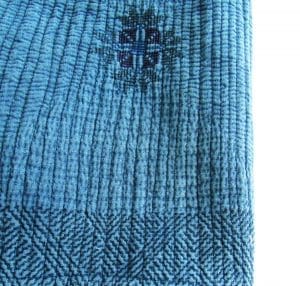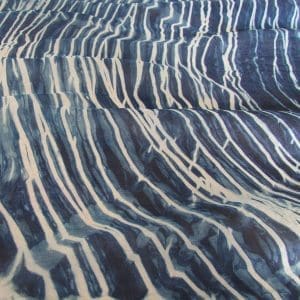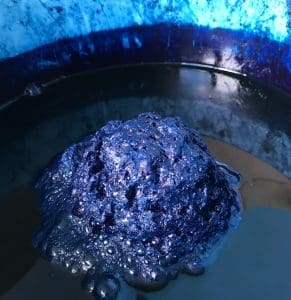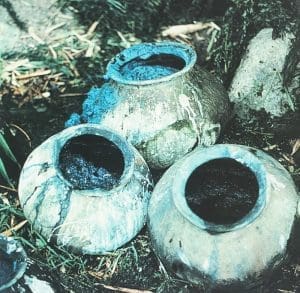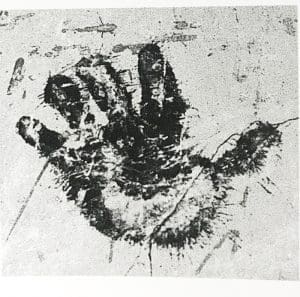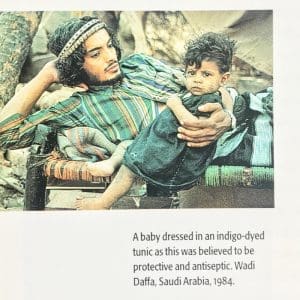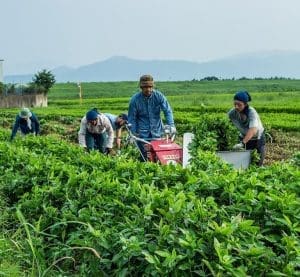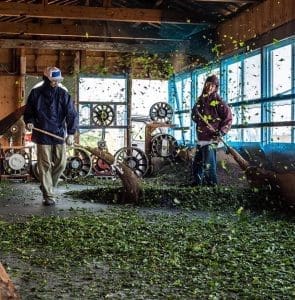The Origins of Indigo Dye
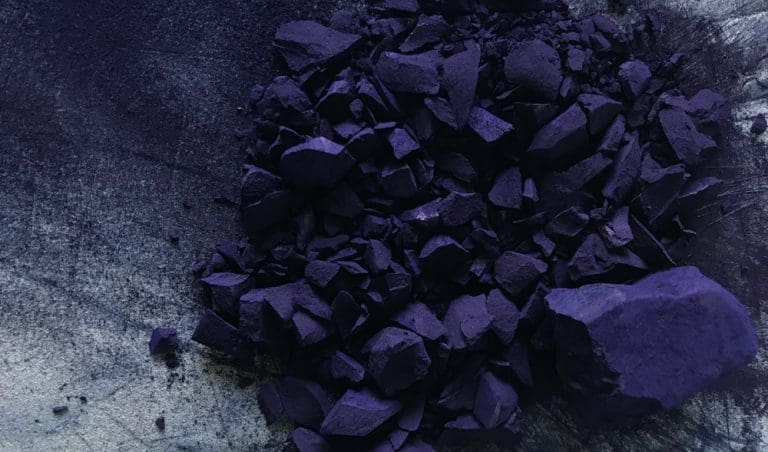
Indigo the Back Story
Despite the name indigo no one knows precisely who first started using Indigo as a dye but its likely to have originated from India. Its use goes back over many centuries and there are stories from cultures spread over the world. Indigo dye is an attractive colour for use in a clothing dye and has been widely used in many cultures. It is thought this is where the phrase “blue collar” workers might have originated as it was the most common colour used to dye denim.
There are tales from many different cultures and regions that indicate that using indigo as a natural dye was discovered independently.
Indigo history from around the world
As a small snapshot to illustrate this, in Japan, the samurai used to dye their clothes in natural indigo dye to wear for battle under armour. It’s thought that it has anti-bacterial properties and protected the wounds. By dyeing the fabric, it was stiffer and also odour and dirt resistant.
In Nigeria the world famous Koftar Mata Dye Pit has a sign above its entrance stating that it was opened in 1498.
Here in Europe, the only original true colour remaining of the Bayeaux tapestry is indigo.
A recent discovery at an archaeological dig in Peru, said the earliest trace of Indigo being used as a dye may have been over 6,000 years ago, quite hard to comprehend. Cotton fibres were found with indigo on them.
It was a lucrative trade for merchants and there is still lots of evidence of the riches that came to indigo through the spice trail looking at the grand houses in Toulouse, Calcutta or even Georgetown in America.
A Note On Woad
An alternative to indigofera or natural indigo dye is woad which was grown widely in the UK and Northern Europe for dyeing fabric. It also creates a deep blue colour but slightly less long lasting. It also has a relatively low yield relative to Indigo and only really worked on woollen fibres rather than linen unlike indigo.
Woad was so important at one point that even if a country was at war, unarmed ships were allowed to enter ports to load their woad shipment.
Britain was the last to abandon woad as a crop, the final crop was processed in Lincolnshire as late as 1932.
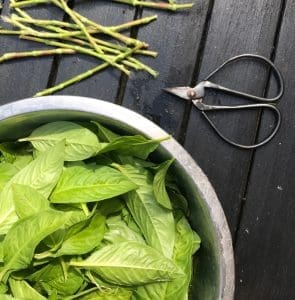

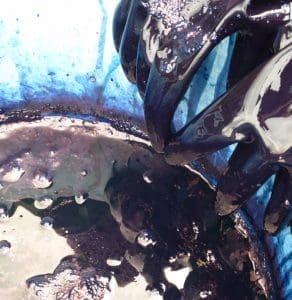

Blue Gold – Natural Indigo Dye
A real turning point in indigo history was in the late 1200’s Marco Polo returned from his adventures in Asia and was the first to describe Indigo as a plant not a mineral. Indigo was often called “blue gold” as it was high value, compact (in cake form) and long lasting.
It wasn’t until Vasco De Gama discovered the sea route to China when he set sail from Lisbon in 1497 that the market really opened up for indigo dye to be imported to Europe and large scale cultivation of the indigo plant started in the 1600s. By the end of the 17thcentury it had virtually replaced woad.
The Blue rebellion
Sadly, the riches that were coming to those who traded in indigo did not reach the Indian farmers and in the late 1850s in Bengal there was an Indigo revolution. Some say that this revolution was a pre-cursor to the peaceful revolution of Gandhi.
Farmers rebelled against the planters who had forced peasants to use their land to grow indigo instead of using the field for rice. They had been given high interest loans to buy the seeds but not paid fairly for the plants. When they couldn’t pay the loans back, they were evicted off their land. As a result, many of the local population were further in poverty and hunger due to lack of pay and no land available to grow crops for food. In addition to this, growing the indigo plant on their land made the land become infertile or barren for paddy fields.
The peasants revolted by initially refusing to grow indigo anymore. Some planters were even caught, tried and executed by the people. Some planters or colonials fled back to Europe. The revolution was brought to a stop by the British colonial government. As an outcome an investigation was set up which confirmed that practices weren’t fair. Farmers were asked to complete existing contracts, but they did not need to commit to growing indigo in the future.
Synthetic dye arrives on the market
In 1897 synthetic indigo was created in Germany by a chemist called Adolf Von Bayer, who even won the Nobel Peace Prize for his work in with synthetic indigo dye. Once they were able to make large scale synthetic dye it started to put pressure on the natural indigo crops. Up until this time, around 8m Kilograms of indigo was imported from India every year. World War 1 briefly limited access to synthetic dyes for the allies. Once the war was over the natural indigo trade virtually died out and by the 1950s there were hardly any indigo plant farms.
New generation of indigo farmers, dyers and makers
Resurgence of natural indigo dye
In the 1970s small farms started to grow indigo again as people became more aware of the environmental impact of using synthetic dyes. Worries included polluting local rivers; the amount of water needed that then becomes a waste product as well as workers falling ill from using potentially harmful chemicals.
Environmental concerns and increased demand for natural and sustainable dyes are leading to a resurgence of natural indigo dye. The current focus on “slow” fashion and making clothes last longer will also help as high-quality clothes made with indigo dye will last for longer, rather than fast synthetic fashion. There isn’t enough space in our world to cultivate enough indigo to feed our denim industry. So right now is a very interesting period of time to watch how the big denim producers are evolving and cleaning up their acts. This is also important as it would not be possible to grow the amount of indigo plants to support the massive denim industry.
There are growers and dyers at the forefront of a new generation keeping these traditional dyeing methods alive. Leading the way are brands like Buaisou. (Seen harvesting their indigo crop in the above pictures)- their passion to keep alive traditional Japanese growing, extracting pigment and dyeing methods is second to none. Definitely take a moment to pop over to their site to see everything Buaisou do. Their story in an indigo inspiration. Or follow their day to day work as indigo farmers on instagram @buaisou_i
I think they need a blog post all to themselves!
I hope that I have shared some insights into the fascinating world of natural indigo dye and its rich and varied history. It is by no means the whole story but its a beginning to unravelling the basic background of this amazing plant.
I am proud of the fact that in my own small way I am continuing to work with natural indigo and this traditional method of design and production. Visit my shop pages to see some of the products that are designed and created using this colour with its amazing indigo history.
